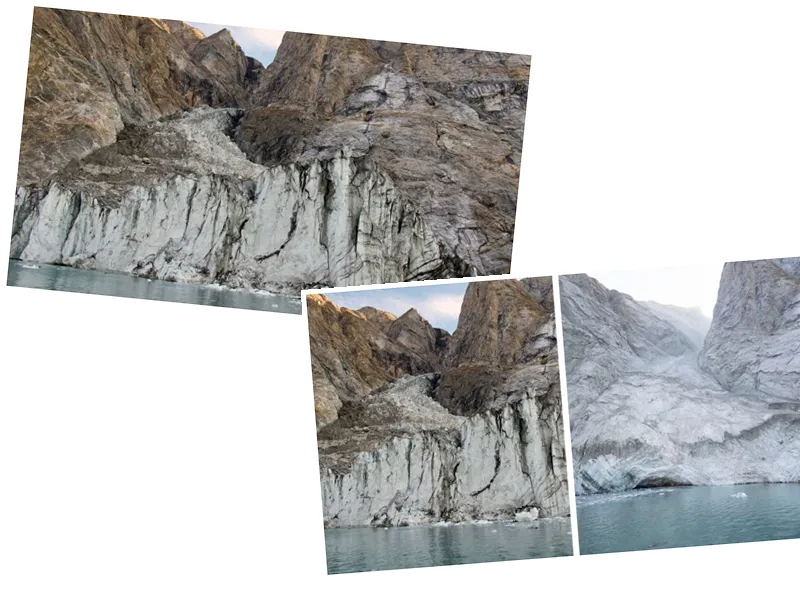Understanding Why Airlines Avoid Antarctica
Airlines largely steer clear of Antarctica due to its extreme weather conditions, which include severe cold and snowstorms. These factors complicate the operation of commercial flights, making it difficult and costly to maintain aircraft safety. The extreme climate hampers the de-icing and warming of planes, and poor visibility during snowfall can disrupt communication systems, posing significant risks to pilots and passengers alike.
Despite its vast size, which makes it the fifth largest continent, Antarctica's inhospitable environment limits the feasibility of establishing emergency airports, further discouraging airlines from flying over or landing on the continent. Navigating the polar regions is also complicated by turbulent magnetic fields that can interfere with aircraft navigation systems.
The Scientific Importance of Antarctica
Contrary to popular belief, Antarctica is not a forbidden place. While commercial airlines may avoid the region, scientific research missions and some tourist flights do operate, primarily from Australia and New Zealand. These flights often provide aerial views of the continent's icy landscape without landing.
The continent is home to numerous scientific research stations, hosting a vibrant community of scientists studying various fields including climate change, ecology, and astrophysics. One notable research project is the IceCube experiment, designed to detect high-energy neutrinos from deep space. The collaborative international efforts in Antarctica underscore its significance as a global scientific center, contributing vital data to our understanding of Earth's systems and the impacts of human activity on the environment.
- Antarctica has been a site for human activity since its discovery in 1820. Although claims of ownership were made by several countries, the signing of the **Antarctica Treaty** in 1959 established the continent as a neutral zone for scientific research. This treaty has allowed for extensive international cooperation, fostering a unique environment for scientific inquiry. Research conducted in Antarctica is crucial for understanding global phenomena, such as climate change and its effects on ecosystems. The number of researchers on the continent fluctuates seasonally, with approximately 4,800 individuals present during the summer months and around 1,200 during the harsh winter, highlighting the continent's role as a hub for scientific exploration.






